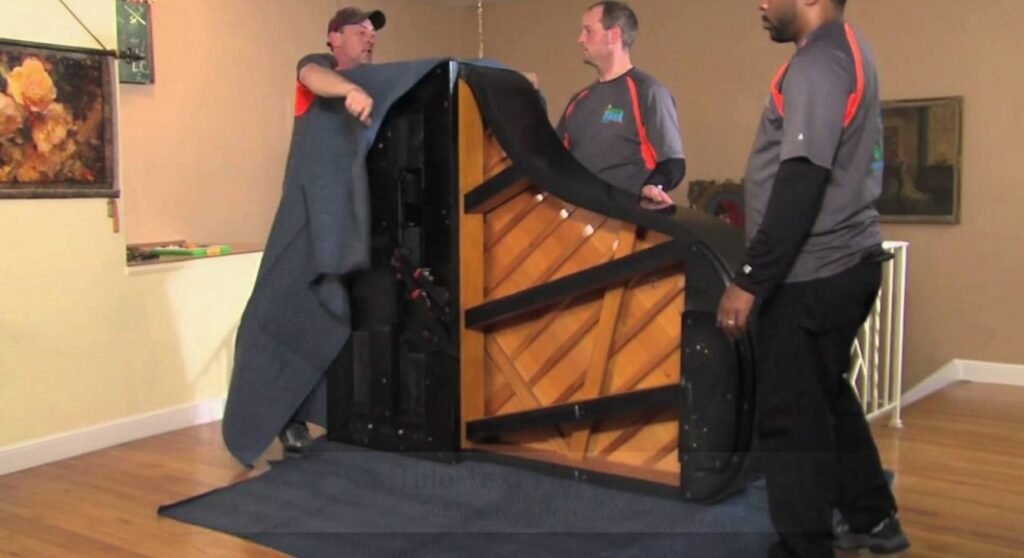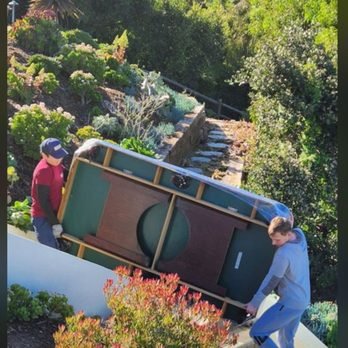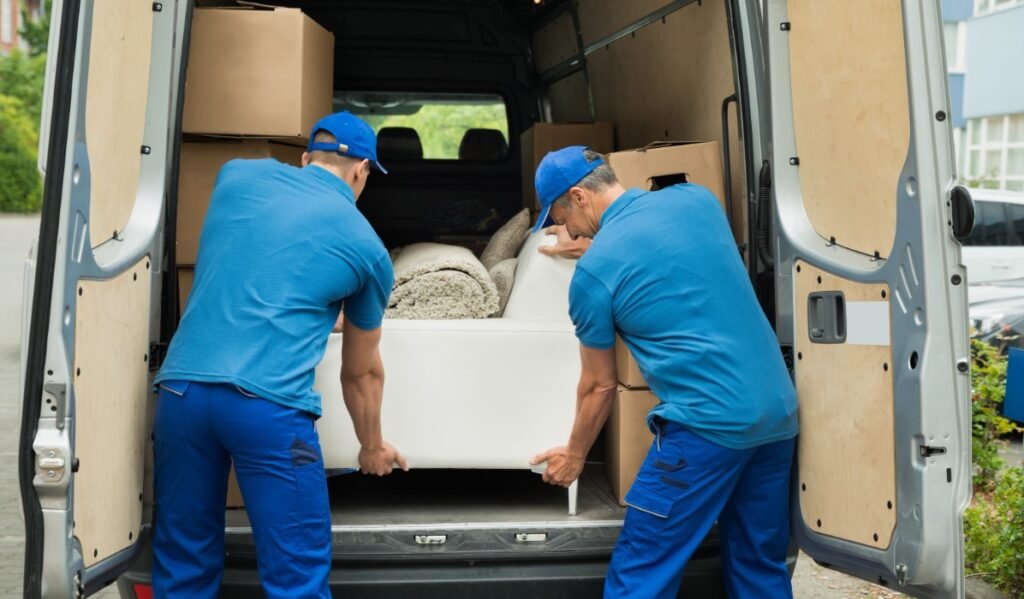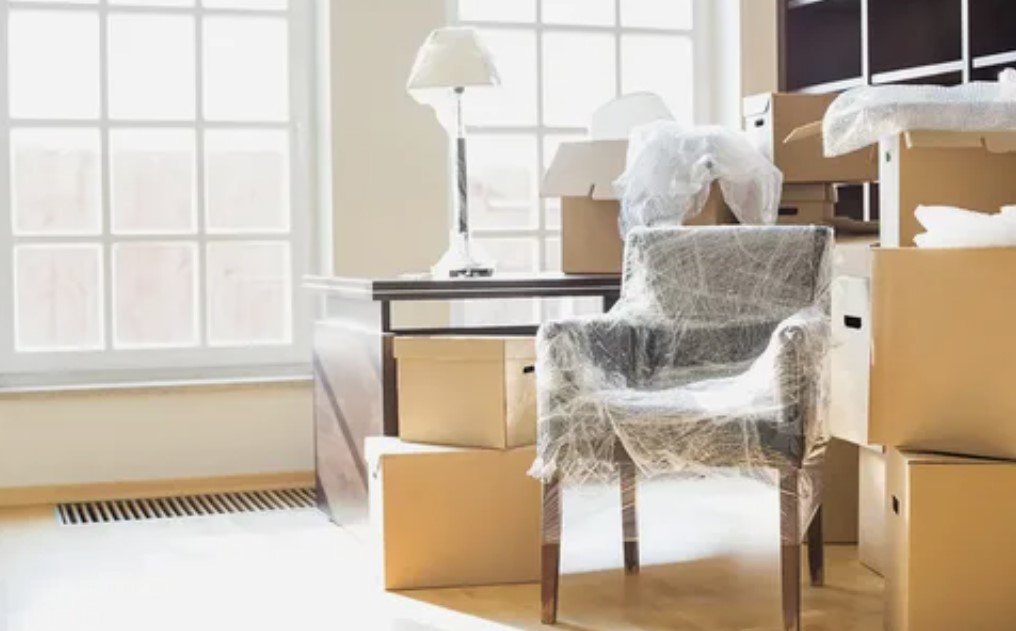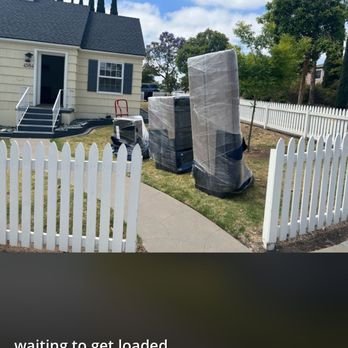Piano moving tips are essential when it comes to relocating such a delicate and heavy instrument. Without the right preparation, you could be putting your precious piano at risk. Pianos require special care due to their sensitivity and weight. In this guide, we’ll share crucial tips that will help ensure your piano arrives safely at its new destination, avoiding any damage along the way.
Why Proper Preparation is Key for Piano Moving
When moving a piano, it’s important to remember that pianos are intricate instruments. Proper preparation is crucial to avoid damage, whether it’s external dents or internal damage to the strings and keys. By following these essential piano moving tips, you can protect your investment and ensure it continues to produce beautiful music for years to come.
Understanding the Different Types of Pianos Before Moving
There are two main types of pianos, each requiring different moving strategies:
- Upright Pianos: Smaller and more compact but still heavy and fragile. These can be easier to move in tight spaces, but you’ll still need to handle them with care.
- Grand Pianos: Larger and much heavier, grand pianos require disassembly and more effort to move safely.
Understanding the type of piano you have is the first step in planning your move and applying the right piano moving tips.
The Advantages of Hiring Professional Piano Movers
One of the most important piano moving tips is deciding whether to hire professional movers. While it might be tempting to save money by moving the piano yourself, professional piano movers come with significant benefits:
- Experience and Skill: Professionals know how to safely handle pianos and avoid common moving mistakes.
- Specialized Equipment: They have access to tools like piano dollies and heavy-duty straps.
- Insurance: Most piano moving companies offer insurance, so you’re covered if any damage occurs during the move.
Should You Move Your Piano Yourself?
While hiring professionals is a great option, sometimes moving the piano yourself makes sense. If you choose this route, follow our detailed piano moving tips to make sure your piano is transported safely. This option is usually better for smaller upright pianos, especially if you’re just moving within the same building or very short distances.
Essential Equipment for Moving a Piano Safely
Gathering the right equipment is another crucial piano moving tip. Here’s what you’ll need:
- Piano Dolly: This specialized cart helps support the piano’s weight during transportation.
- Heavy-duty Straps: Secure the piano to prevent movement.
- Moving Blankets and Padding: Protect your piano from scratches and dents.
- Plywood Sheets: Use these for leveling stairs or uneven surfaces, ensuring a smooth path for the piano.
Measuring Doorways and Hallways
One of the most overlooked piano moving tips is measuring all the doorways, staircases, and hallways in both your current and new location. Ensure the piano will fit through all pathways, and be prepared to remove doors or rearrange furniture if needed.
Disassembling a Grand Piano for Easier Moving
If you have a grand piano, it’s crucial to disassemble it before the move. This is one of the most important piano moving tips for owners of large instruments. You will need to:
- Remove the legs carefully.
- Detach the pedals.
- Secure the lid to prevent damage.
Disassembling allows for safer transport and reduces the risk of damage to delicate parts.
How to Wrap and Pad Your Piano Correctly
A key piano moving tip is to ensure that your piano is properly wrapped and padded before you start moving it. Use thick moving blankets to cover the entire piano, securing them with moving straps. Pay special attention to the corners, as these are particularly vulnerable during a move.
Piano Moving Tips for Protecting Floors and Walls
Pianos are heavy, and moving them can cause significant damage to your floors and walls if you’re not careful. Use protective coverings like plywood or heavy-duty blankets to shield floors from scratches. This is especially important when navigating staircases or tight corners.
Lifting and Moving the Piano Safely
One of the top piano moving tips is to always have enough help. Moving a piano is a team effort, and trying to do it alone can lead to injury or damage to the piano. Make sure you lift the piano evenly and keep it balanced at all times.
Loading the Piano onto the Moving Truck
Loading the piano into the truck requires precision. Follow this important piano moving tip: Always load the piano first, positioning it securely against the truck’s back wall. Use heavy-duty straps to keep the piano in place during transit.
Ensuring a Safe Transport for Your Piano
Transporting a piano requires careful driving. One of the most essential piano moving tips is to avoid sharp turns and sudden stops. Drive slowly, especially when navigating uneven roads or tight corners, to minimize the risk of the piano tipping over or getting damaged.
Unloading and Setting Up the Piano in Your New Home
Once you arrive at your destination, follow the same careful steps to unload the piano. Take your time moving it into your new home, ensuring that pathways are clear. Reassemble any parts, such as the legs or pedals, and position the piano in its new location.
Piano Moving Tips for Tuning After the Move
After the move, your piano will likely need to be tuned. At One Deal Moving, one of the best piano moving tips we recommend is to wait a few weeks before scheduling a tuning session. This allows the piano to acclimate to its new environment, as changes in temperature and humidity can affect its tuning. Taking this step ensures that your piano remains in optimal condition after the move.
Conclusion: Following the Best Piano Moving Tips
Moving a piano is a significant task, but by following these essential piano moving tips, you can ensure that your instrument arrives safely at its new destination. Whether you choose to hire professionals or move the piano yourself, preparation is key to preventing damage and preserving your piano’s sound and structure.
FAQs
What’s the most important piano moving tip?
The most crucial piano-moving tip is to hire professionals if you’re unsure. Their experience and equipment can save your piano from potential damage.
Can I move a piano without professional help?
Yes, but it requires careful planning, the right tools, and enough help. Following our piano moving tips will make the process smoother and safer.
How much does the piano moving cost?
Costs can vary depending on the size of the piano and the distance of the move. Hiring professional movers typically ranges from $200 to $1,000.
Is it necessary to disassemble a grand piano for moving?
Yes, one of the top piano moving tips for grand piano owners is to disassemble the piano by removing the legs and pedals for safer transport.
When should I tune my piano after moving?
Wait at least 2-3 weeks for the piano to acclimate to its new environment before tuning it. This is one of the best piano moving tips to maintain sound quality.
